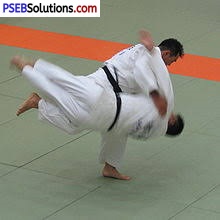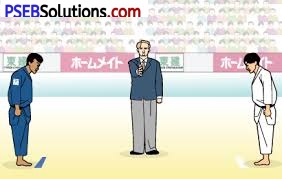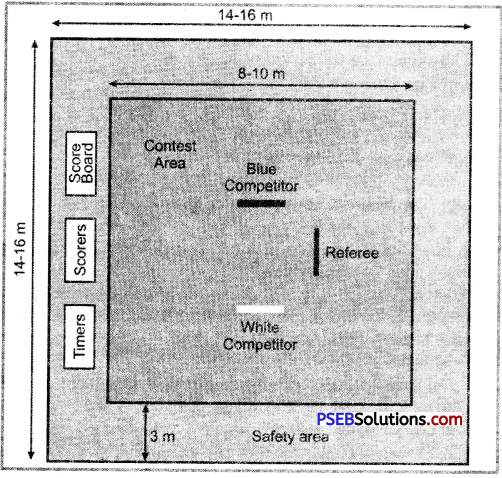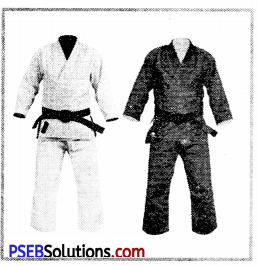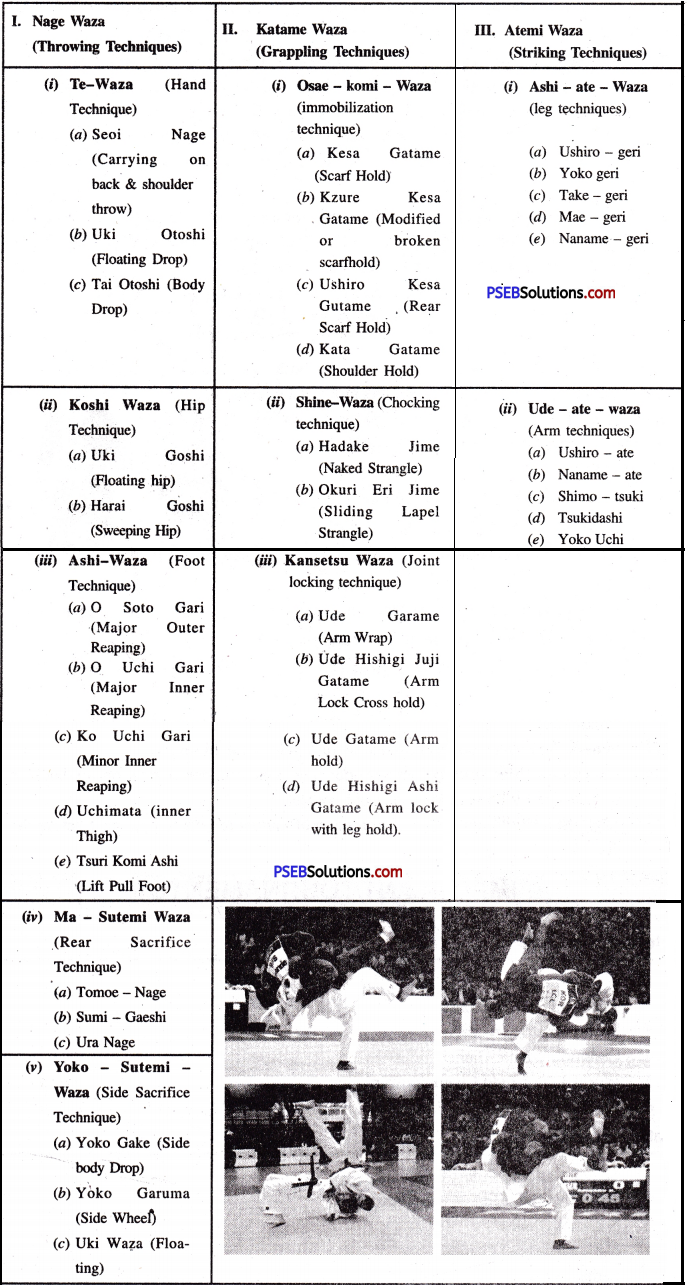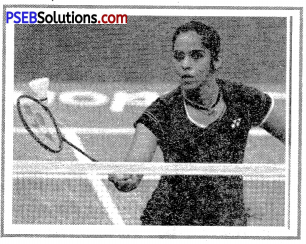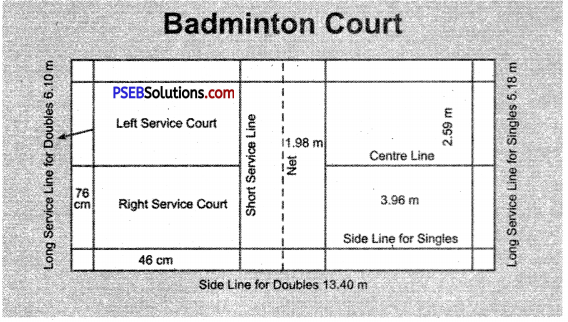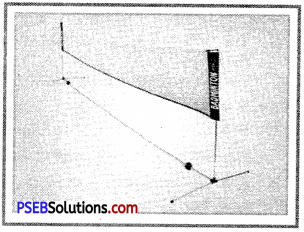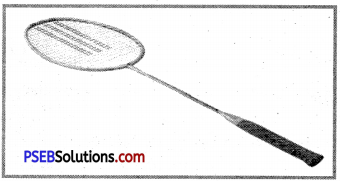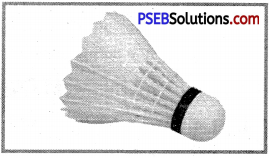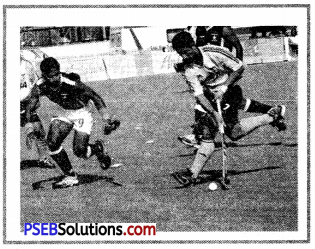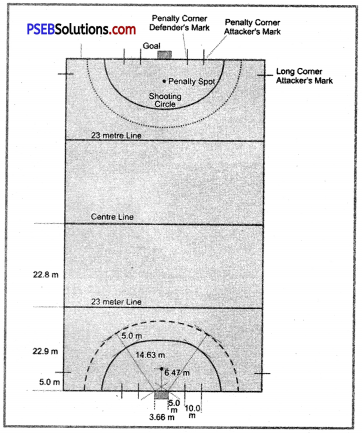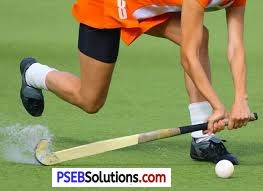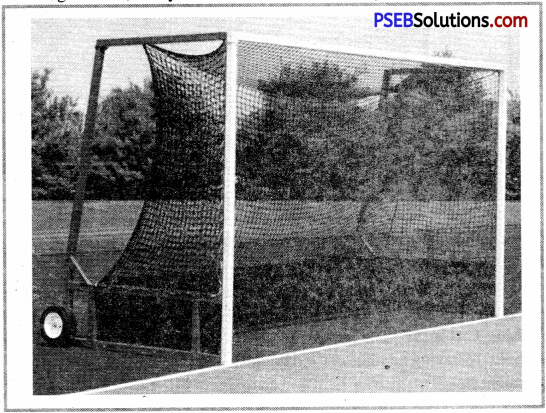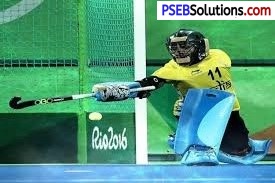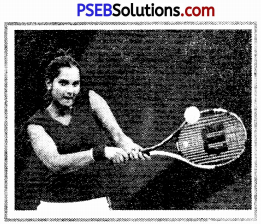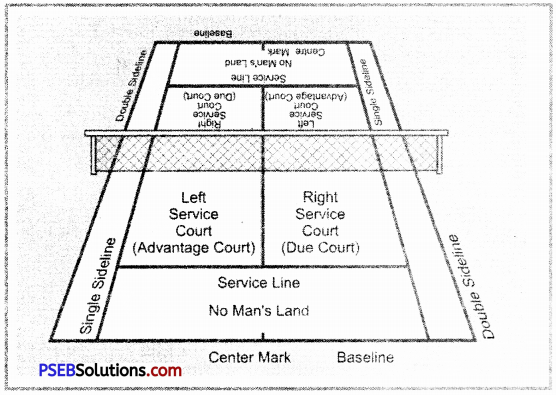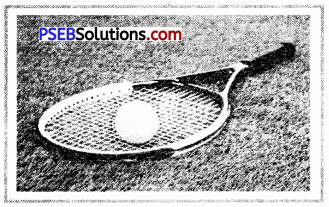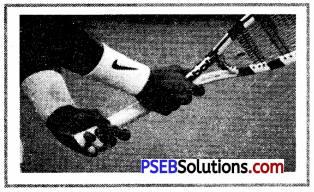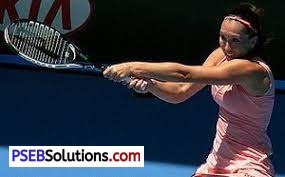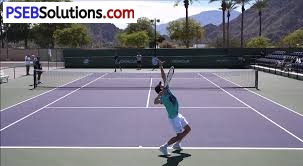PSEB 12th Class Physical Education Practical Softball
Softball Game History
The name “Softball” dates back to 1926. The name was coined by Walter Hakanson of the YMCA at a meeting of the National Recreation Congress (In addition to ‘indoor baseball” name for the game included, “kitten ball”, “diamond ball”, “mush ball” and “pumpkin ball”. The game softball had spread across the United States by 1930. By the 1930s, similar sports with different rules and name were being played all over the United States and Canada.
By 1936 the Joint Rules Committee on Softball has standardized the rules and naming throughout the United States. The first British women’s softball league was established in 1953. The 1996 Olympic also marked a key era in the introduction of technology in softball. The 10C funded a land mark biomechanical study on pitching during the games. The 117th meeting of the International Olympic Committee held in Singapore in July 2005, voted to drop softball and baseball as Olympic sports for the 2012 summer Olympic games.
![]()
Softball Game Important Points
- Distance from home plate to first base: 60feet
- Distance from first base to second base: 60feet
- Distance from second base to third base: 60feet
- Distance from third base to home plate: 60feet
- Width of each base line: 3inch
- Distance from base to third base: 34’10feet
- Distance from home plate to second base: 2410 feet
- L.ength and width of base: 15x15mches
- Thickness of the base: 3 to 5 inches
- Length of the batter bax: 7feet
- Width of the batter box: 3feet
- Length of catcher’s box: l0 feet
- Width of catcher’s box: 8.5 feet
- Length and width of home plate: 12×2.5×2.5 feet
- Length and width of pitching nibber: 24x6incbes
- Radius of Pitcher’s circle: 2feet
- Weight of hail: 6’Ií4gm
- Circumference of the ball: 12’1/4
- Length of bat (Slugger): 34 inches
- Weight of the bat: 38 ownce
- Number of officials: 07
- Total players: 16 to 18 (9 playing members)
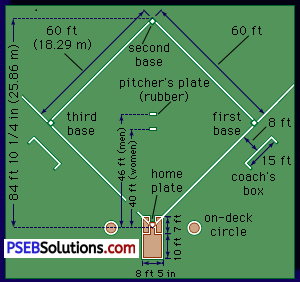
![]()
The Game:
- There are 9 players in a softball team.
- The playing field is divided into the infield and outfield.
- The lines between the base are 60′ apart and when joined they form a diamond, inside the baseline is known as the infield.
- Outside the baseline but inside the playing field is called the outfield.
Any ball going outside the 1st or 3rd base line is a foul ball (runners cannot advance and the batter gets another try unless the ball was caught in the air, which translates to an out) A official game is 7 innings (an inning is when both teams have had their turn to bat).
The visiting team bats in the first half of half of each inning, called the “top of the inning”, the home team bats in the second half of each inning, called the “bottom of the inning”. There is no set time that an inning lasts; each half of the inning continues until the defence accumulates three outs, if the game is tied after the last inning, the game goes into “extra inning”, and continues until one team holds a lead at the end of an inning.
Softball Game Key Rules
1. The pitcher’s delivery is made underarm and must begin with both feet in contact with the pitching rubber and the ball held with both hands in front of the body. The pitch itself begins when one hand is taken off the ball.
2. A pivot foot is used to maintain contact with the rubber or to push off from it for a delivery to be legal, the ball must be pitched into the strike zone. This is the space over any part of the home plate no higher than the home plate, no higher than the batters arm pit and no lower than his knee when he assumes his natural batting stance. If the ball deviates from the strike zone it is aro-ball (called a “ball”.)
3. A batter has three chances to strike the ball. He becomes a batter-runner as soon as he hits a fair ball, a legally batted ball. The ball must keep within the angle between first and third base (fair territory). It may pass out of the playing field and up to the outfield fence as long as it remains with this angle. The batter may also run after four balls.
4. The other runners in the field may advance to their next base as soon as the ball leaves the pitcher’s hand and while it continues to be in play, they must return to the base they legally occupied at the time the ball was pitched if the ball is caught, if it is batted illegally or if interference occurs on either side.
5. There are several ways in which a batter can be out. He is caught out if a fielder catches the ball after it has been struck and before it touches the ground (a fly ball). He is run out if the ball reaches the base he is running towards before he gets there. (The fielder receiving the ball must have at least one foot on the base.)
6. A strike occurs when the ball is pitched into the strike zone but the batter does not attempt to hit it or does make the attempt and misses. A player is allowed three after which he is out. A player is also out if he is touched with the ball before he touches first base, or while off any base during a live ball, he is touched with the ball.
7. Runners are declared out if they are touched with the ball in the hand of a fielder while they are not in contact with a base, if they deviate too much from the direct line between base in order to avoid being touched by a fielder in possession of the ball, if they overtake the runner in front of them, if they are hit by a fair ball or if the ball reaches the fielder at the base ahead of them before they do, i.e. run out. A ‘force out’ to advance due to the batter becoming a runner.
8. Violations by a player, any from of unsportsman-like conduct,are penalized with removal of the offender from the game.
![]()
Pitching:
- The pitcher must have both feet on the pitcher’s rubber and can only take one step forward while pitching.
- The ball must be thrown underhand.
- Both hands must be on the ball at start of the pitch.
Batting:
- Batters must follow the same order throughout the whole game.
- The batter is out if and when :
- three strikes have been called.
- a fly ball is caught.
- the batter does not stand in the batter’s box.
Base Running:
- Runners must touch each base in order.
- Runners may over-run 1st base only, all other base the runner may be tagged and called out if they are off the base.
- Runners can not lead off a base, they must be on base until the ball as left the pitcher’s hand.
- After a fly ball has been caught the base runner must tag the occupied base before.
- Advancing to the next base.
- One base runner cannot pass another base runner that is ahead of them.
- Stealing base is not permitted.
- A runner is out if :
- they are tagged with the ball before reaching base.
- the ball gets to 1st base before the runner.
- they run more than 3 feet out of the base line to avoid being tagged playing position.
![]()
Outfielders (CF, RF, and LF):
Positioned beyond the infield, they catch and field “fly balls,’’ line drive, and ground balls hit into the outfield.
Rover (or Buck short):
Plays 10-20 feet outside the infield on the “Pull” side of the hitter, for example, a deep short stop for a right handed batter.
Second Basemen (2B):
Plays in the gap between the bag at second and the first baseman. Receives throws from fielders attempting to make outs at 2nd base and field ‘ ‘grounders” and “pop ups” hit to this side of the infield.
Short stop (SS):
Fields the balls hit to the infield between second and third base. She or he covers second base (along with second baseman) and is often involved in force plays and “double plays” with the second baseman.
Pitcher (P):
Throws the softball from the center of the diamond (pitcher’s mound) to the catcher. The pitcher uses an underarm motion to pitch the ball toward the “strike zone.” After making a pitch, the pitcher gets ready to field balls hit up the middle.
Third Basemen (3B):
Plays to the left of third base and covers any plays there. Receives throws from other fielders attempting to make outs at 3rd base.
First Basemen (B):
Positioned just to the left of the first base, their main role is to make fielding plays on balls hit toward first base.
![]()
Catcher (C):
Plays in a semi- crouched position behind home plate and receives pitches thrown by the pitcher. Also receives throw from fielders attempting to make outs at home plate.
Scoring Runs:
A “run” is scored when a player has touched all four bases in order, proceeding counterclockwise around them. They need not be touched on the same play; a batter may remain safely on a base while play proceeds and attempt to advance on a later play. A run is not scored if the last out is a force out or occurs during the same play that the runner crosses home plate. For instance, if a runner is on third base prior to a hit, and he or she crosses home plate after an out is made, either on the batter or another runner, the run is not counted.
Ending The Game:
The team with the most runs after seven innings wins the game. The last (bottom) half of the seventh inning or any remaining part of the seventh inning is not played if the team batting second is leading. If the game is tied, play usually continues until a decision is reached, by using the international tie-breaker rule or if time is expired the score would be just tied. Starting in the top of the last inning, the batting team starts with a base-runner on second base, which is the player who is the last available to bat (in other words, the batter who last took their position m the batter’s box; regardless whether they were the last out or another runner was put out).
![]()
Softball Game Important Questions
Question 1.
What is the name of playfied in softball?
Answer:
Softball Kite.
Question 2.
When did the name softball originated?
Answer:
In the year 1926.
Question 3.
How many playing members are there in the team?
Answer:
9 players.
Question 4.
Write down the dimensions of bat box.
Answer:
3’ x T 1 x 2.30 m.
Question 5.
In which year the rules of the games were published?
Answer:
In the year 1936.
![]()
Question 6.
The sixteen inches softball was called ……….?
Answer:
Cabbage ball.
Question 7.
When did the British women’s softball league was established?
Answer:
In the year 1953.
Question 8.
Write down the dimension of catcher box.
Answer:
10′ x 8.5”, 9.15 x7.45 m.
Question 9.
What is the length of bat?
Answer:
34”.
![]()
Question 10.
What should be the maximum width of bat?
Answer:
2 1/2.
Question 11.
What is the distance between the bases?
Answer:
60′.
Punjab State Board PSEB 12th Class Physical Education Book Solutions 12th Class Physical Education Practical Softball Important Notes, Questions and Answers.

